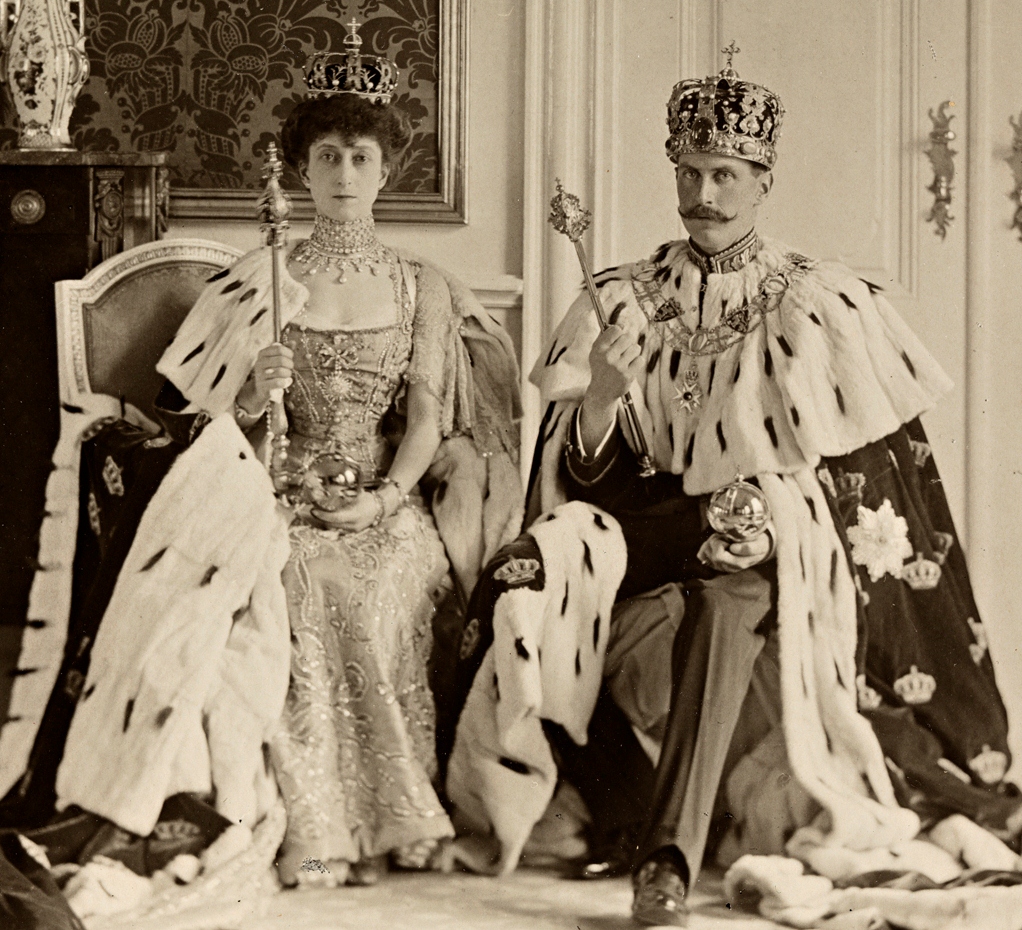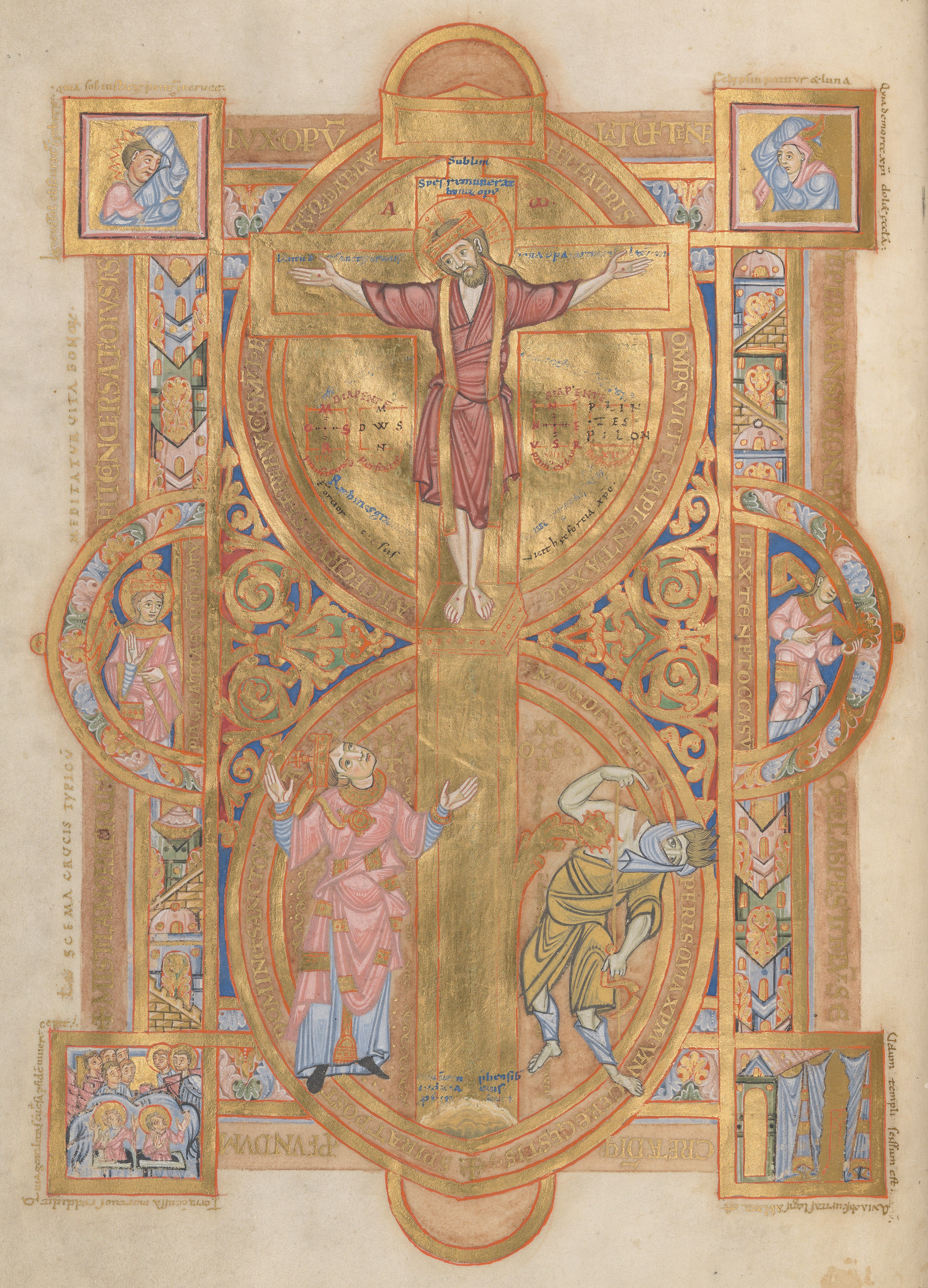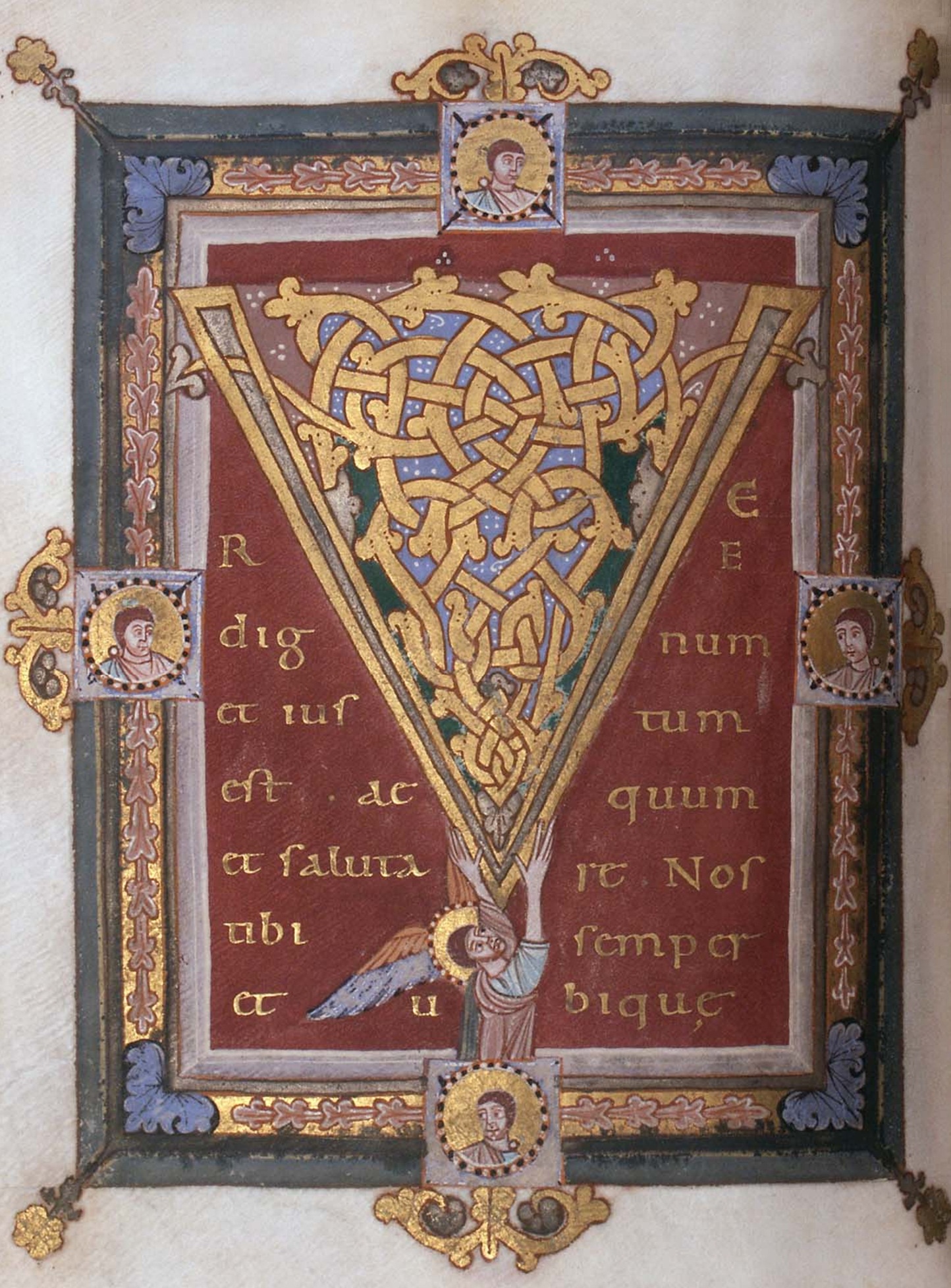|
St. Emmeram Castle
Saint Emmeram's Abbey (german: Kloster Sankt Emmeram or ''Reichsabtei Sankt Emmeram''), now known as Schloss Thurn und Taxis, Schloss St. Emmeram or St. Emmeram's Basilica, was a Benedictine monastery founded in about 739 at Regensburg in Bavaria (modern-day southeastern Germany) at the grave of the itinerant Frankish bishop Saint Emmeram. History When the monastery was founded in about 739, the bishops of Regensburg were abbots ''in commendam'', a common practice at the time which was not always to the advantage of the abbeys concerned. In 975, Saint Wolfgang of Regensburg, then bishop of Regensburg and abbot of St. Emmeram's, voluntarily gave up the position of abbot and severed the connection, making the abbots of St. Emmeram's independent of the bishopric. He was one of the first German bishops to do this, and his example in this was much copied across Germany in the years following. The first independent abbot was Ramwold (later the Blessed Ramwold). Both he and Saint Wolfg ... [...More Info...] [...Related Items...] OR: [Wikipedia] [Google] [Baidu] |
Germany
Germany,, officially the Federal Republic of Germany, is a country in Central Europe. It is the second most populous country in Europe after Russia, and the most populous member state of the European Union. Germany is situated between the Baltic and North seas to the north, and the Alps to the south; it covers an area of , with a population of almost 84 million within its 16 constituent states. Germany borders Denmark to the north, Poland and the Czech Republic to the east, Austria and Switzerland to the south, and France, Luxembourg, Belgium, and the Netherlands to the west. The nation's capital and most populous city is Berlin and its financial centre is Frankfurt; the largest urban area is the Ruhr. Various Germanic tribes have inhabited the northern parts of modern Germany since classical antiquity. A region named Germania was documented before AD 100. In 962, the Kingdom of Germany formed the bulk of the Holy Roman Empire. During the 16th ce ... [...More Info...] [...Related Items...] OR: [Wikipedia] [Google] [Baidu] |
Bavaria
Bavaria ( ; ), officially the Free State of Bavaria (german: Freistaat Bayern, link=no ), is a state in the south-east of Germany. With an area of , Bavaria is the largest German state by land area, comprising roughly a fifth of the total land area of Germany. With over 13 million inhabitants, it is second in population only to North Rhine-Westphalia, but due to its large size its population density is below the German average. Bavaria's main cities are Munich (its capital and largest city and also the third largest city in Germany), Nuremberg, and Augsburg. The history of Bavaria includes its earliest settlement by Iron Age Celtic tribes, followed by the conquests of the Roman Empire in the 1st century BC, when the territory was incorporated into the provinces of Raetia and Noricum. It became the Duchy of Bavaria (a stem duchy) in the 6th century AD following the collapse of the Western Roman Empire. It was later incorporated into the Holy Roman Empire, became an ind ... [...More Info...] [...Related Items...] OR: [Wikipedia] [Google] [Baidu] |
Regalia
Regalia is a Latin plurale tantum word that has different definitions. In one rare definition, it refers to the exclusive privileges of a sovereign. The word originally referred to the elaborate formal dress and dress accessories of a sovereign, but now the word usually refers to any type of elaborate formal dress and dress accessories. The word stems from the Latin substantivation of the adjective ''regalis'', "regal", itself from ''rex'', "king". It is sometimes used in the singular, ''regale''. In the abstract The term can refer to the rights, prerogatives, and privileges that are held exclusively by any sovereign, regardless of title (emperor, grand duke, etc.). An example of that is the right to mint coins, and especially coins that bear one's own effigy. In many cases, especially in feudal societies and generally weak states, such rights have in time been eroded by grants to, or usurpations by, lesser vassals. Royal dress, accessories, and associated pomp Some em ... [...More Info...] [...Related Items...] OR: [Wikipedia] [Google] [Baidu] |
Adolf Of Nassau-Weilburg
Adolf (c. 1255 – 2 July 1298) was the count of Nassau from about 1276 and the elected king of Germany from 1292 until his deposition by the prince-electors in 1298. He was never crowned by the pope, which would have secured him the imperial title. He was the first physically and mentally healthy ruler of the Holy Roman Empire ever to be deposed without a papal excommunication. Adolf died shortly afterwards in the Battle of Göllheim fighting against his successor Albert of Habsburg. He was the second in the succession of so-called count-kings of several rivalling comital houses striving after the Roman-German royal dignity. Family Adolf was the reigning count of a small German state. He was born about 1255 and was the son of Walram II, Count of Nassau and Adelheid of Katzenelnbogen. Adolf’s brother was Diether of Nassau, who was appointed Archbishop of Trier in 1300. Adolf was married in 1270 to Imagina of Isenburg-Limburg (died after 1313) and they had eight children. ... [...More Info...] [...Related Items...] OR: [Wikipedia] [Google] [Baidu] |
Counter-king
An anti-king, anti king or antiking (german: Gegenkönig; french: antiroi; cs, protikrál) is a would-be king who, due to succession disputes or simple political opposition, declares himself king in opposition to a reigning monarch.OED "Anti-, 2" The OED does not give "anti-king" its own entry, unlike "antipope", but includes it in a list of political "anti-" formations, such as "anti-emperor" and "anti-caesar". The earliest example of anti-king cited is from 1619 (and the next by Dr Pusey). Only the hyphenated form is cited or mentioned. The term is usually used in a European historical context where it relates to elective monarchies rather than hereditary ones. In hereditary monarchies such figures are more frequently referred to as pretenders or claimants. Anti-kings are most commonly referred to in the politics of the Holy Roman Empire, before the Golden Bull of 1356 issued by Emperor Charles IV defined the provisions of the Imperial election. Other nations with elective ... [...More Info...] [...Related Items...] OR: [Wikipedia] [Google] [Baidu] |
Uta Codex
The Uta Codex Quattuor Evangelia (Clm. 13601, Bavarian State Library, Munich) is a "gospel lectionary" or evangeliary. It contains those portions of the gospels which are read during church services. "Unlike most Gospel lectionaries, the individual readings in the Uta Codex are not arranged in calendrical order, but are instead grouped together after their respective Gospel authors." It was commissioned around 1025 by Abbess Uta von Niedermünster, Regensburg, in Bavaria, Germany. It is a spectacular Ottonian manuscript, and is famous for its gem-encrusted gold case, with a relief of Christ in Majesty, as well as for the eight full-page miniatures. German art historian George Swarzenski described the Uta Codex as "the wonderful gospel book, which is perhaps the most significant work of Western illumination of its time." The manuscript consists of 119 parchment sheets, 382 × 274 mm.Cohen. Four full-page frontispieces illustrate 1) the Hand of God, 2) Abbess Uta dedicating the ... [...More Info...] [...Related Items...] OR: [Wikipedia] [Google] [Baidu] |
Henry II, Holy Roman Emperor
Henry II (german: Heinrich II; it, Enrico II; 6 May 973 – 13 July 1024), also known as Saint Henry the Exuberant, Obl. S. B., was Holy Roman Emperor ("Romanorum Imperator") from 1014. He died without an heir in 1024, and was the last ruler of the Ottonian line. As Duke of Bavaria, appointed in 995, Henry became King of the Romans ("Rex Romanorum") following the sudden death of his second cousin, Emperor Otto III in 1002, was made King of Italy ("Rex Italiae") in 1004, and crowned emperor by Pope Benedict VIII in 1014. The son of Henry II, Duke of Bavaria, and his wife Gisela of Burgundy, Emperor Henry II was a great-grandson of German king Henry the Fowler and a member of the Bavarian branch of the Ottonian dynasty. Since his father had rebelled against two previous emperors, the younger Henry spent long periods of time in exile, where he turned to Christianity at an early age, first finding refuge with the Bishop of Freising and later during his education at the cat ... [...More Info...] [...Related Items...] OR: [Wikipedia] [Google] [Baidu] |
Sacramentary
In the Western Church of the Early and High Middle Ages, a sacramentary was a book used for liturgical services and the mass by a bishop or priest. Sacramentaries include only the words spoken or sung by him, unlike the missals of later centuries that include all the texts of the mass whether read by the bishop, priest, or others. Also, sacramentaries, unlike missals, include texts for services other than the mass such as ordinations, the consecration of a church or altar, exorcisms, and blessings, all of which were later included in Pontificals and Rituals instead. In the late 20th century, the word ''sacramentary'' was used in the United States and some other English-speaking countries for the English translation of the Roman Missal, particularly those that, like earlier sacramentaries, omitted parts of the Mass not said by the priest. Decline of the sacramentary Other books used in the celebration of Mass included the Graduale (texts mainly from the Psalms, with musica ... [...More Info...] [...Related Items...] OR: [Wikipedia] [Google] [Baidu] |
Early Middle Ages
The Early Middle Ages (or early medieval period), sometimes controversially referred to as the Dark Ages, is typically regarded by historians as lasting from the late 5th or early 6th century to the 10th century. They marked the start of the Middle Ages of European history, following the decline of the Western Roman Empire, and preceding the High Middle Ages ( 11th to 13th centuries). The alternative term ''late antiquity'', for the early part of the period, emphasizes elements of continuity with the Roman Empire, while ''Early Middle Ages'' is used to emphasize developments characteristic of the earlier medieval period. The period saw a continuation of trends evident since late classical antiquity, including population decline, especially in urban centres, a decline of trade, a small rise in average temperatures in the North Atlantic region and increased migration. In the 19th century the Early Middle Ages were often labelled the ''Dark Ages'', a characterization based on t ... [...More Info...] [...Related Items...] OR: [Wikipedia] [Google] [Baidu] |
Scriptorium
Scriptorium (), literally "a place for writing", is commonly used to refer to a room in medieval European monasteries devoted to the writing, copying and illuminating of manuscripts commonly handled by monastic scribes. However, lay scribes and illuminators from outside the monastery also assisted the clerical scribes. The functional outset When monastic institutions arose in the early 6th century (the first European monastic writing dates from 517), they defined European literary culture and selectively preserved the literary history of the West. Monks copied Jerome's Latin Vulgate Bible and the commentaries and letters of early Church Fathers for missionary purposes as well as for use within the monastery. In the copying process, there was typically a division of labor among the monks who readied the parchment for copying by smoothing and chalking the surface, those who ruled the parchment and copied the text, and those who illuminated the text. Sometimes a single monk wou ... [...More Info...] [...Related Items...] OR: [Wikipedia] [Google] [Baidu] |
Gorze Abbey
Gorze Abbey was a Benedictine monastery in Gorze in the present arrondissement of Metz, near Metz in Lorraine. It was prominent as the source of a monastic reform movement in the 930s. History Gorze Abbey was founded in around 757 by Bishop Chrodegang of Metz, who obtained for it from Rome the relics of Saint Gorgonius. The new community at first followed his Rule, but decline later set in. The highly placed Frankish lord Bivin of Gorze (810–863), married to a daughter of Boso the Elder, functioned as lay abbot of Gorze. In 933 the premises, by then semi-derelict, were given by Adalbero, Bishop of Metz, to John of Gorze and Einald of Toul so that they could restore observance of the Rule of St. Benedict. They did so extremely successfully and the customary of Gorze soon spread to many other monasteries, [...More Info...] [...Related Items...] OR: [Wikipedia] [Google] [Baidu] |
In Commendam
In canon law, commendam (or ''in commendam'') was a form of transferring an ecclesiastical benefice ''in trust'' to the ''custody'' of a patron. The phrase ''in commendam'' was originally applied to the provisional occupation of an ecclesiastical benefice, which was temporarily without an actual occupant, in contrast to the conferral of a title, '' in titulum'', which was applied to the regular and unconditional occupation of a benefice.Ott, Michael. "In Commendam". ''The Catholic Encyclopedia'' Vol. 7. New York: Robert Appleton Company, 1910. 25 July 2015 The word ''commendam'' is the singular of the |



.jpg)


